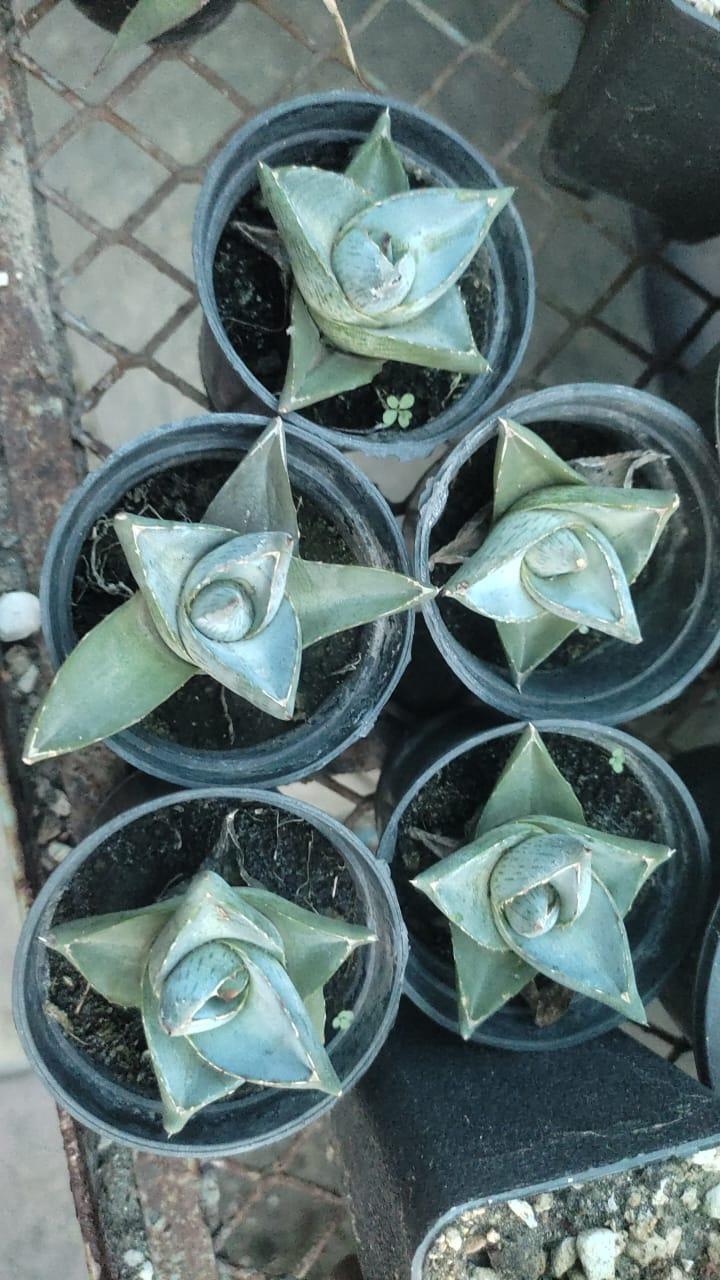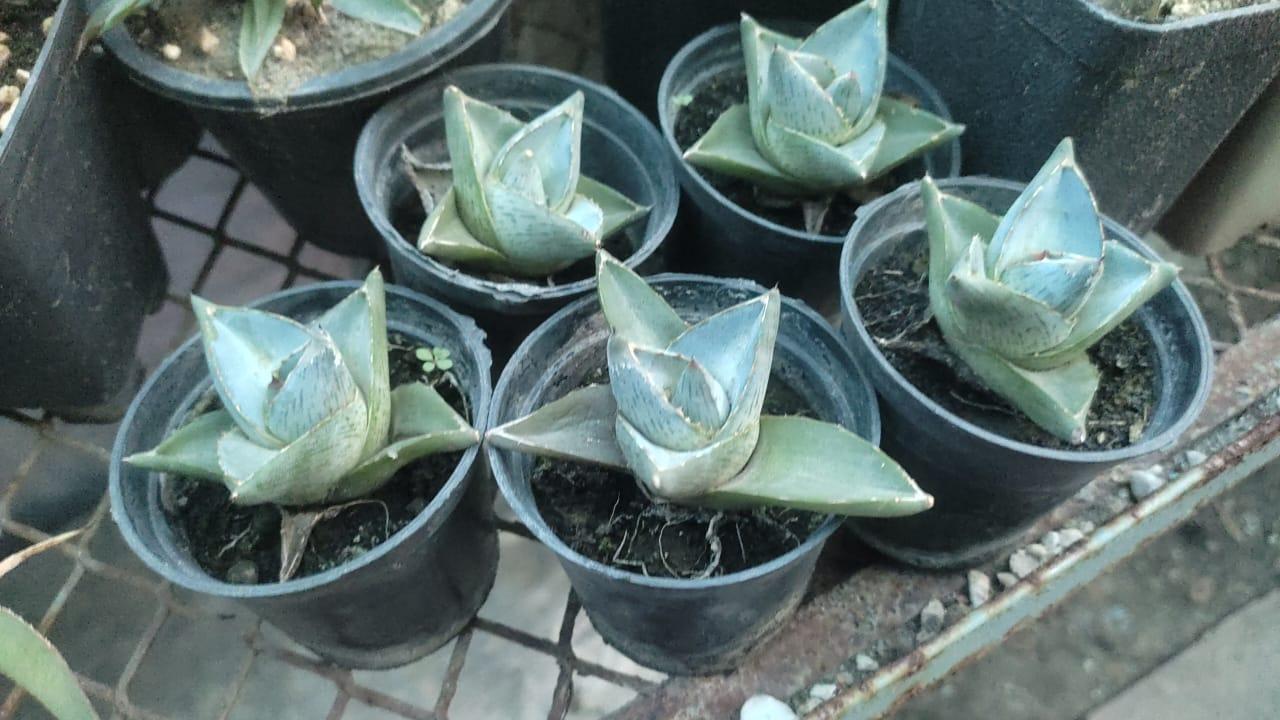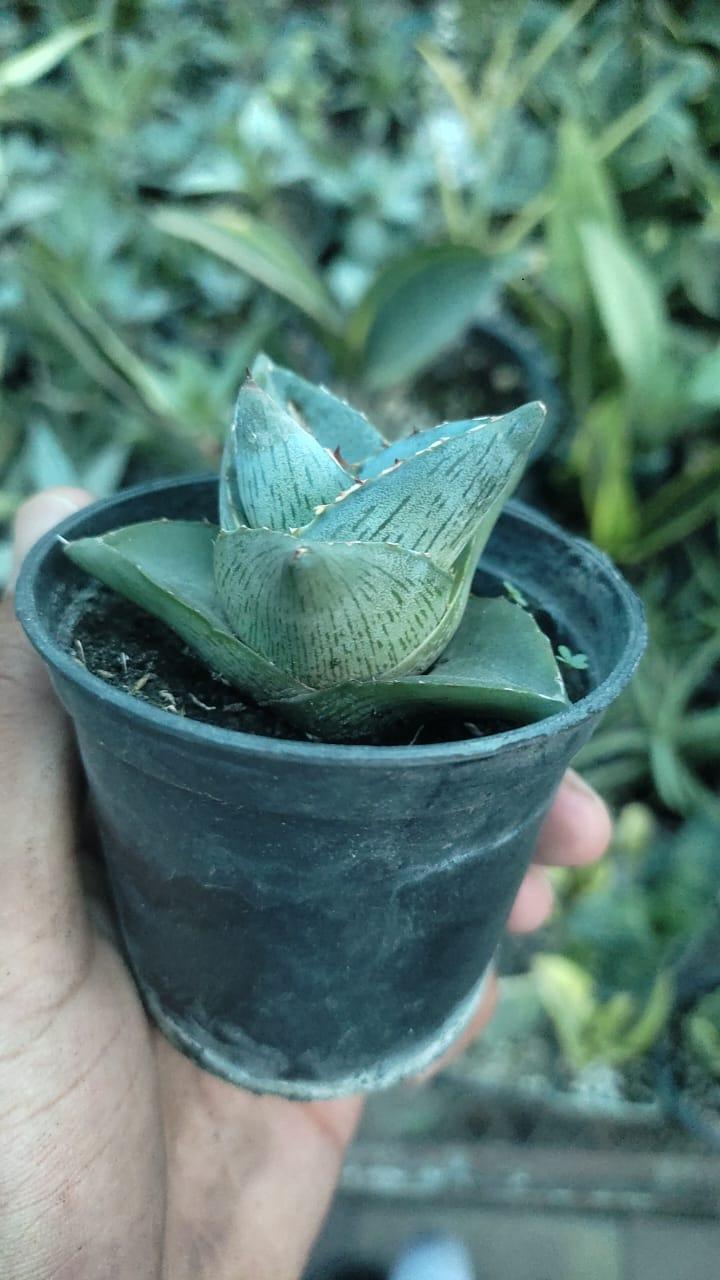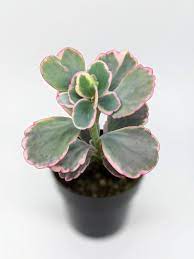Agave Pumila: The Complete Guide to Growing and Caring for Dwarf Agave
Introduction to Agave Pumila
Known as Dwarf Agave, Agave Pumila is a magnificent succulent plant admired for its compact size and striking rosette shape. This small but strong plant from Mexico belongs to the Agavaceae family, which includes more than 200 species. Agave Pumila is particularly valued for its ornamental value, making it a popular choice for indoor and outdoor gardeners.
Characteristics of Agave Pumila
Size and Appearance: Agave Pumila is one of the smallest species of agave, usually growing to about 6 inches tall and 8 to 10 inches in diameter. Its leaves are thick, juicy and form a compact symmetrical rosette. The leaves are blue-green with smooth edges and a pointed tip, often decorated with a white border that adds visual appeal.
Growth Habit: Unlike some of its larger relatives, Agave Pumila grows slowly and remains compact, making it ideal for small gardens, rock gardens or container plantings. This dwarf agave also lends itself to xeriscape, a landscaping method that reduces or eliminates the need for watering.
Flowers: Although Agave Pumila is grown primarily for its foliage, it can produce tall flowers after several years of growth. The flowers are usually greenish yellow and attract pollinators such as bees and hummingbirds. However, like many agave species, the plant usually dies after flowering, but it often produces offsets or “puppies” that can be replanted.
Agave Pumila Growing Conditions
Light Requirements: Agave Pumila thrives in full sun to partial shade. If grown indoors, it should be placed near a south-facing window to receive plenty of sunlight. Insufficient lighting can cause leg growth and loss of the characteristic compact shape of the plant.
Soil: Well-draining soil is essential for Agave Pumila. A cactus or succulent mix is ideal because it prevents water from getting around the roots, which can lead to root rot. When planting Agave Pumila in the ground, make sure the soil is sandy or gravelly and has good drainage.
Watering: As a drought-resistant succulent, agave pumilla needs little watering. Water the plant thoroughly during the growing season (spring and summer), but allow the soil to dry completely between waterings. During the rest period (autumn and winter), reduce watering every 4-6 weeks.
Temperature and Humidity: Agave Pumila is hardy in USDA zones 9 through 11, tolerating temperatures down to -6°C. It prefers a dry climate and tolerates high temperatures, so it is suitable for arid and semi-arid regions. If you live in a cooler climate, consider growing Agave Pumilan in a container that can be moved indoors during the winter months.
Care and Maintenance of Agave Pumila
Fertilization: Agave Pumila needs little or no fertilization. You can optionally apply a diluted balanced fertilizer once per growing season to promote healthy growth. Avoid excessive fertilization, as this can cause weak and elongated growth and make the plant more susceptible to disease.
Pruning: Agave Pumila requires minimal pruning. Remove any dead or damaged leaves by cutting them off near the base of the plant. This not only improves the appearance of the plant, but also helps prevent pests and diseases.
Pests and Diseases: Agave Pumila is relatively resistant to pests, but can sometimes be affected by common succulents such as mealybugs and scale insects. They can be treated with an insecticide or by wiping the affected areas with cotton soaked in alcohol. Excessive watering can cause root rot, so it’s important to follow proper watering schedules and ensure good drainage.
Propagation of Agave Pumila
Offsets (puppies): The most common way to propagate Agave Pumila is offsets, which are small clones of the parent plant that grow at the base. For more application, carefully separate it from the mother plant with a clean, sharp knife. Allow the cutting to dry out for a few days to callus the cut area, then plant it in well-draining soil and water moderately until it roots.
Seeds: Propagation by seeds is rarer but possible. Sow the seeds in a well-draining cactus mix and cover them lightly with sand. Keep the soil moist but not wet and place the container in a warm, bright place. Germination of seedlings can take several weeks and requires patience and care.
Agave Pumila Uses and Benefits
Ornamental Use: Agave Pumila is a popular choice for ornamental gardening due to its compact size and spectacular appearance. It can be used as a focal point in rock gardens, succulents or as an accent plant in mixed containers.
Low Maintenance: Due to its low water and maintenance requirements, Agave Pumila is an excellent choice for busy gardeners or those looking to create a low maintenance landscape.
Tolerance to drought: Agave Pumila is ideal for processing biscuits. This helps conserve water in dry areas and reduce the need for watering.
Summary
Agave Pumila is a versatile and attractive succulent that offers both beauty and practicality. Its compact size, striking rosette formation and low maintenance make it an ideal addition to any garden or houseplant collection. By following the simple care instructions above, you can enjoy the unique charm of this dwarf agave for years to come. Whether you are an experienced gardener or a beginner, Agave Pumila is sure to enhance your plant collection with its distinctive appearance and peaceful nature.
Checkout our variety of cactus plants here : https://boota.pk/cactuscactus-plants/
To learn more about your favourite plants, check our YouTube channel : https://www.youtube.com/@boota4474









Reviews
There are no reviews yet.